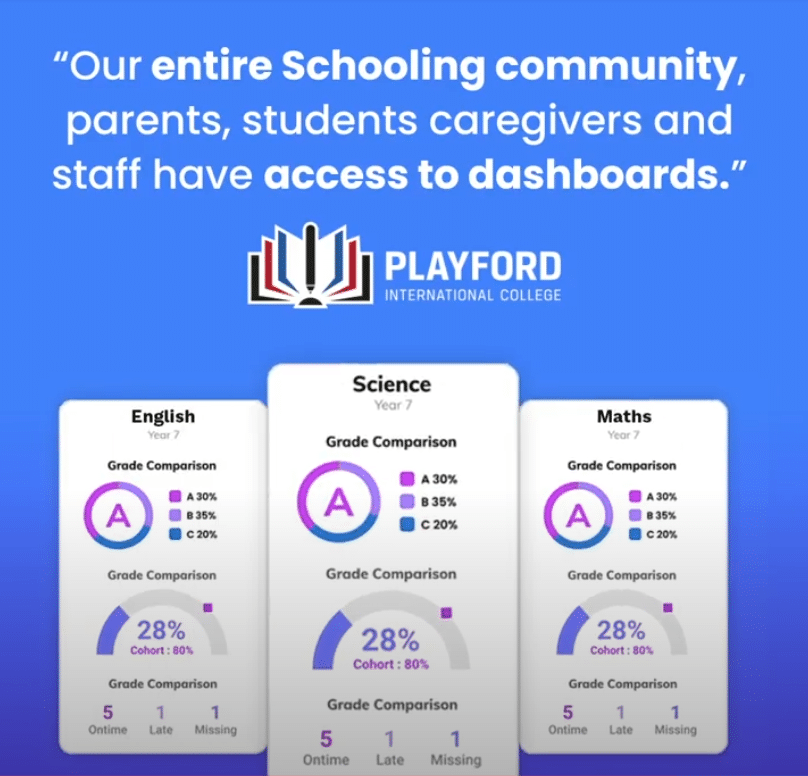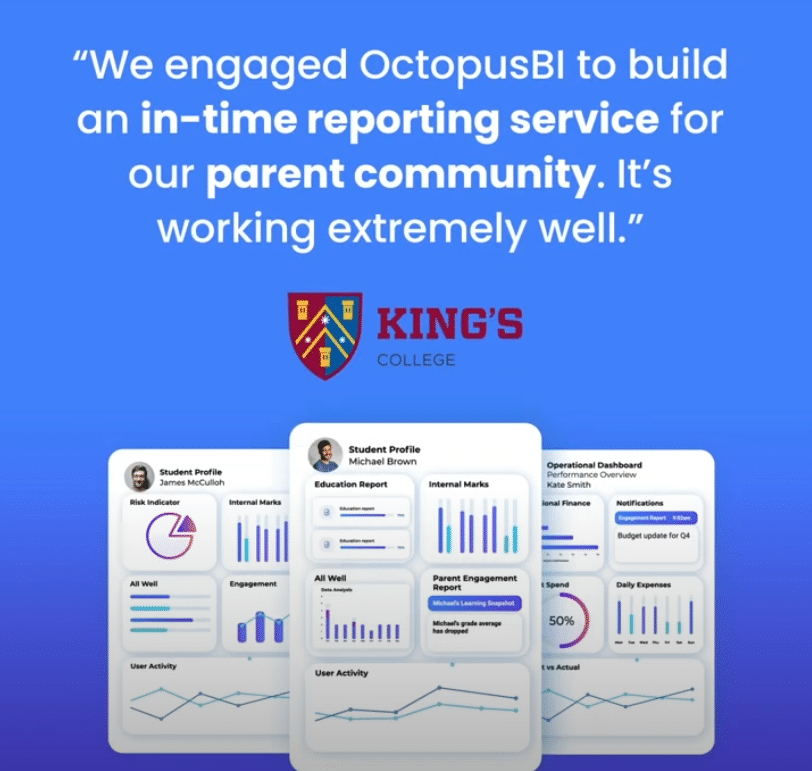I was a Director of ICT for K-12 schools in my last role. For a decade, my job was to run the school’s IT without any faults. In that time, I grew close to many teachers and school leaders and I began to understand the complex demands on them in our education system.
I have always loved education because of its power to change lives. An example of that from one of the school’s I worked in is the impact of a wilderness retreat students took to a campus in Kangaroo Valley, NSW.
For six months they are away from their parents with no internet, no mobile coverage, no Xbox, no TikTok or comforts of home. The difference between the students that walk into Kangaroo Valley and the students that come out is profound. They are more responsible, grounded, self-aware. They become adults immediately after that experience.
These experiences foster coping skills and human skills – like initiative, wisdom and emotional intelligence (EI) – that are often not systematically promoted in regular classrooms and curriculums, and yet are essential for young people’s future lives and jobs.
By encouraging experiential learning and then carefully monitoring how students are developing their own individual strengths and weaknesses, talents and passions, we can support students to reach their full potential.
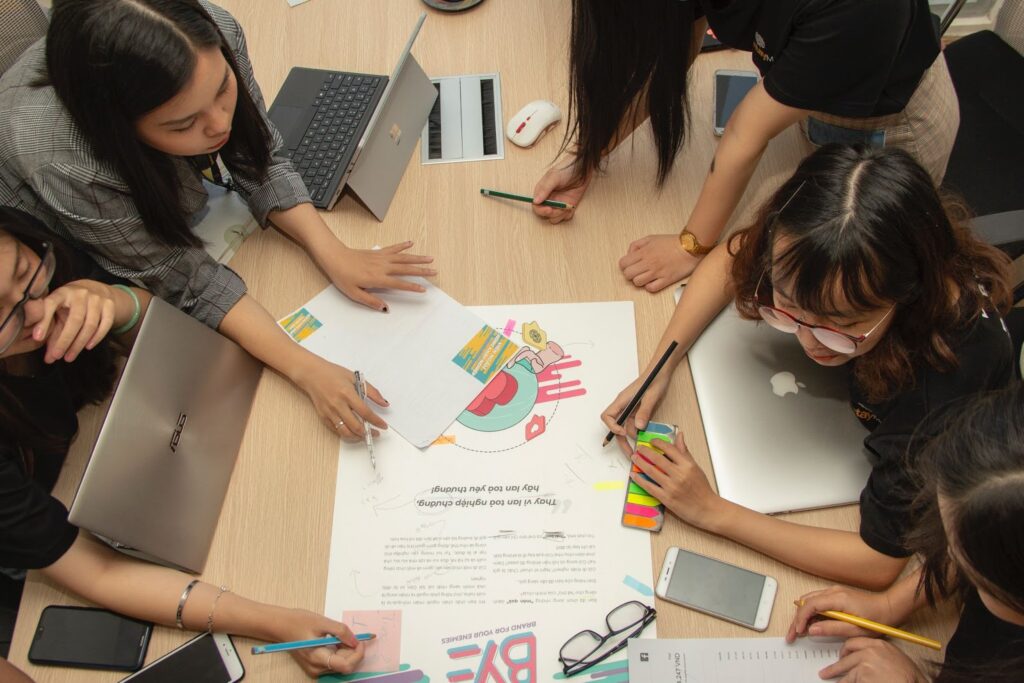
This takes genuine parent/teacher relationships and the sharing of timely insights between parents, teachers and students themselves. Data analytics tools help facilitate this information flow and transparency, improving instruction and school decision making.
A school system in crisis
Unfortunately, significant barriers stand in the way of this ideal. Our public education system is reaching breaking point.
Pasi Sahlberg of the Gonski Institute for Education at UNSW points out in this article that Australia is failing to address inequity and improve teaching and learning in every school.
At the same time, student enrolment rates continue to rise, with 17% enrollment growth expected to 2031, and teacher attrition rates are an ongoing issue. An estimated 30-50% of teachers leave in their first 5 years citing onerous working conditions with insufficient recognition, learning support or pay.
Growing populations, especially in cities, are contributing to rising traffic congestion and a constant need to build more schools.
It’s clear we need to reimagine what schools today should look like.
To attract and retain quality teachers, lift educational outcomes across the board, and find new and innovative ways of engaging students and measuring their growth we need disruptive leadership driving innovative ideas.
Ideas like the NSW movement for flexibility in school hours, and recommendations from the Gallop inquiry, backed by additional government investment, are just the start.
We also need to use the lessons learned in the last 18 months around digital assessment and remote learning, to redesign how we think about student outcomes.
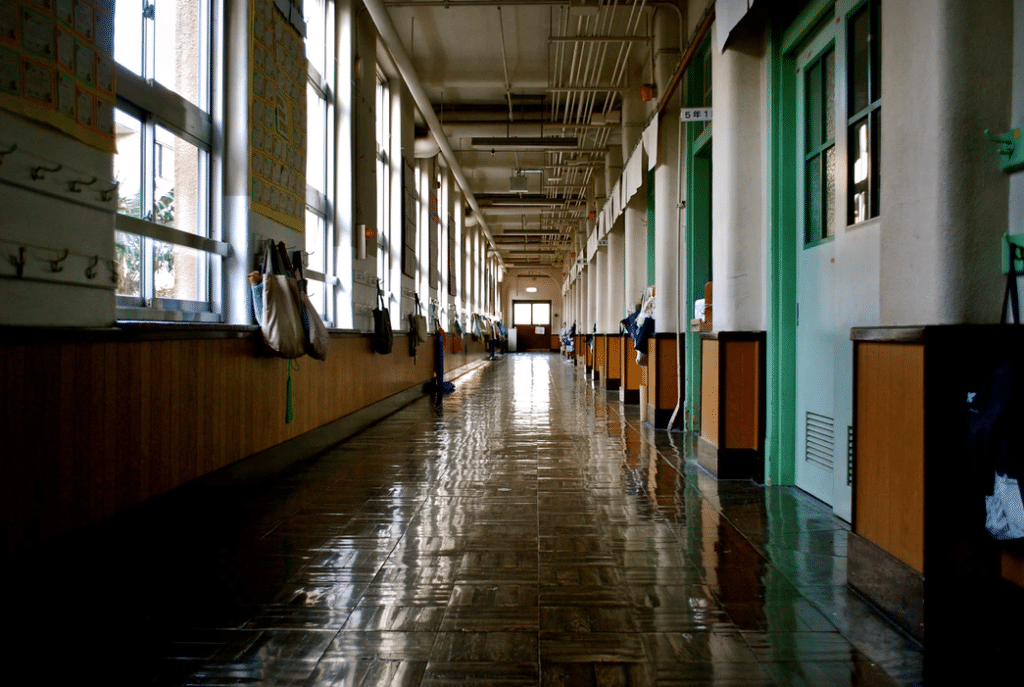
The way we blend technology here is an indistinguishable part of the solution.
Do students really need to go to school to learn?
It’s a controversial question but one I like to ask. The discussion that follows is essential.
Growing up in Sri Lanka, school was fun. I went there to play with my friends and took private classes for the subjects I did for my advanced levels. Don’t get me wrong, I had amazing teachers who left a lasting impression.
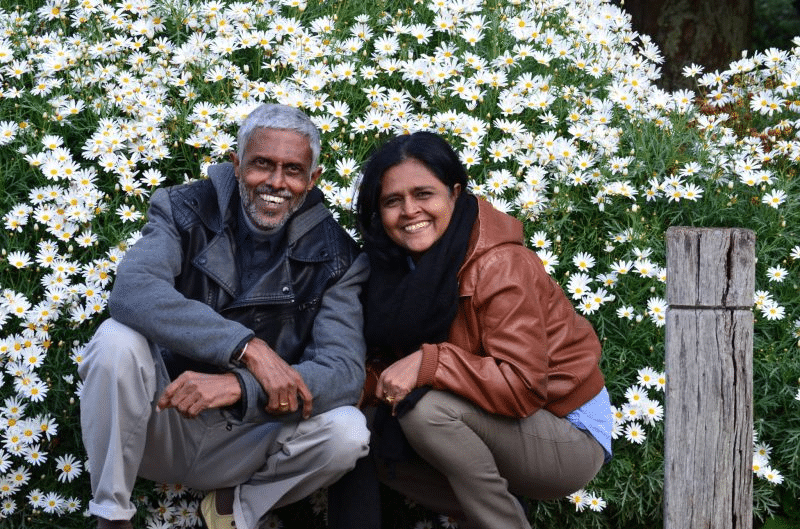
In university, the practical certifications I did outside regular classes helped me stand out and get my first job in a competitive industry.
Nowadays, with the advent of online education and learning analytics, personalized digital learning pathways are even more possible. Schools don’t have to be local if they don’t want to be. They can collaborate globally to give students world-class teaching and learning experiences, including with different peer groups across schools, and professionals working in industry.
The hybrid workforce is opening up to these possibilities. Eighty percent of Australian organisations that permit working from home expect to continue beyond COVID-19. The wellbeing, productivity and potential societal benefits are now proven.
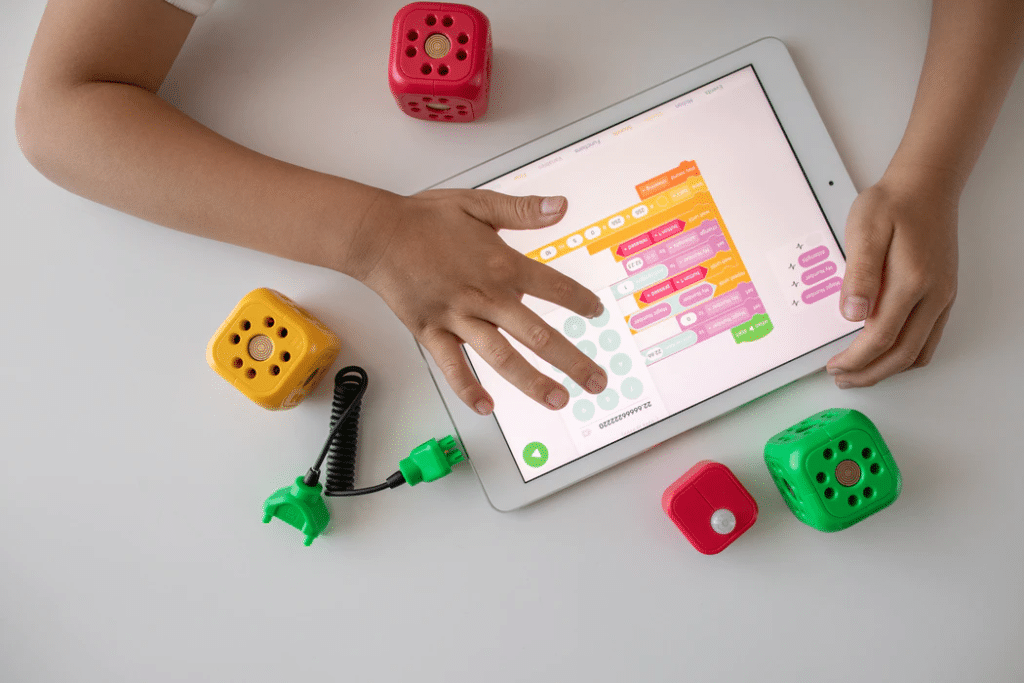
I’m not saying schools are the same as businesses.
K-12 schools have diverse needs and face-to-face instruction will always be an important element. But with strong leadership we can chart a course for alternative hybrid school schedules and blended learning that recalibrates the burdens of face-to-face teaching and admin reporting time for teachers and redesigns learning experiences for the better.

If we can identify: okay, this child wants to be an artist, or a hairdresser, and he has the skill set to become that, do we need to keep teaching them maths or science? Or can we focus on the subjects that he or she can use to become an artist or a hairdresser? Can we create a safe, ethical way of tracking their progress and mapping recommendations to guide them to that goal?
Once we start to closely monitor, analyse and understand what each student can do in the future, we should be supporting them to develop their full potential in those areas.
Turning schools into insight driven institutions
10 years ago, every school I worked in looked at technology in one way: as a dangerous thing that could harm students and be a problem to manage in class. The same questions were being asked: how are we going to filter websites students visit? How are we going to control the time they spend on a laptop?
In any organisation including education, if you try to forcefully control access, you’ll fail. The amount of content and the access points to information is unlimited.
I realised back then that we needed to take a different approach by:
- Teaching students about the consequences – empowering them to choose
- Giving them access to technology
- Monitoring what they would do – not like big brother but to have enough data to measure how they interact
We can’t expect teachers to keep an eye on how 20-30 students are behaving and engaging in learning at any one time, especially if they’re trying to be a mentor and really understand who each student is. Even without all the classwork, paperwork and marking, it’s too much to ask.
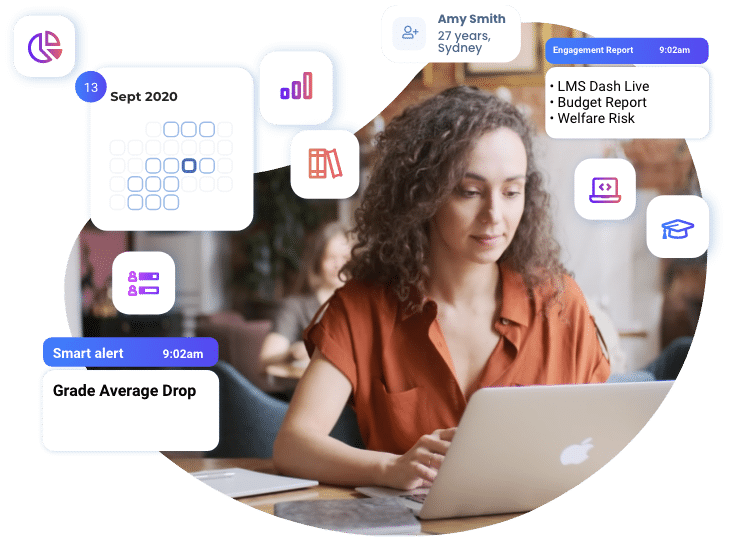
Traditional learning management systems and student information systems collect important foundation data for schools and classrooms, but they don’t collect the types of behavioural and learning progression details that are valuable for teachers to record. That means it often stays in their heads.
That’s why at OctopusBI we’re focused on defining:
a) what are those things that are really valuable for teachers/parents/students to know?
b) what are the ways that they can start to collect that data?
Using the data that we can collect about students’ behaviour, interactions, their marks, sentiment and more, a learner profile can be formed to give a picture of what is happening now and what is going to happen in the next few months.
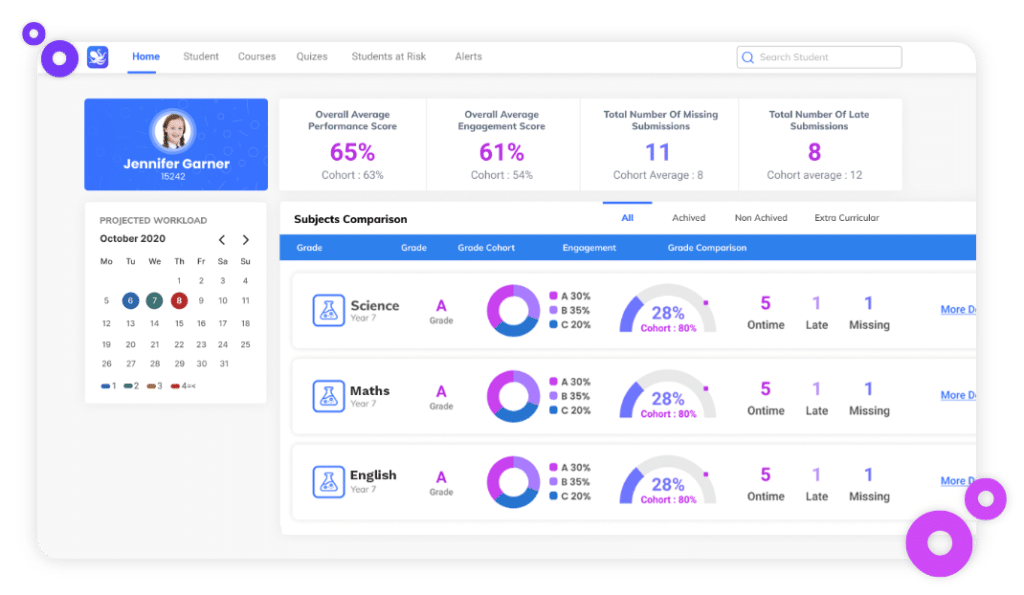
Australian schools are seeing the benefits of using technology to collect, monitor and share insights into student engagement and progression. Increased positive parent communication, greater transparency, continuous reporting and early intervention are some such examples.
Many school stakeholders still fear the increasing use of data in classrooms as an administrative burden. But when they realise there are technology tools for data collection and visualization today that aren’t onerous, they start to embrace their data, and do amazing things.
This is where I believe the school of the future is headed.
There are many things we can do from a technology perspective to support student’s individual and collective growth and development.
School leaders and ICT staff have an important role to play in guiding data strategy and implementation of the right edtech tools that will inform and transform teaching and learning experiences for the better.


